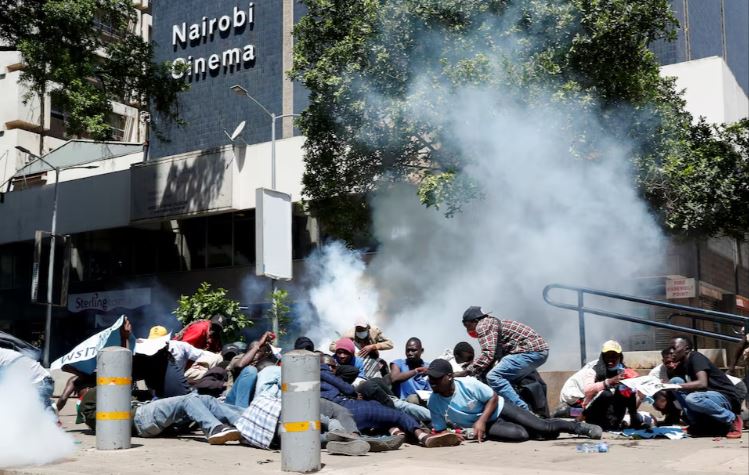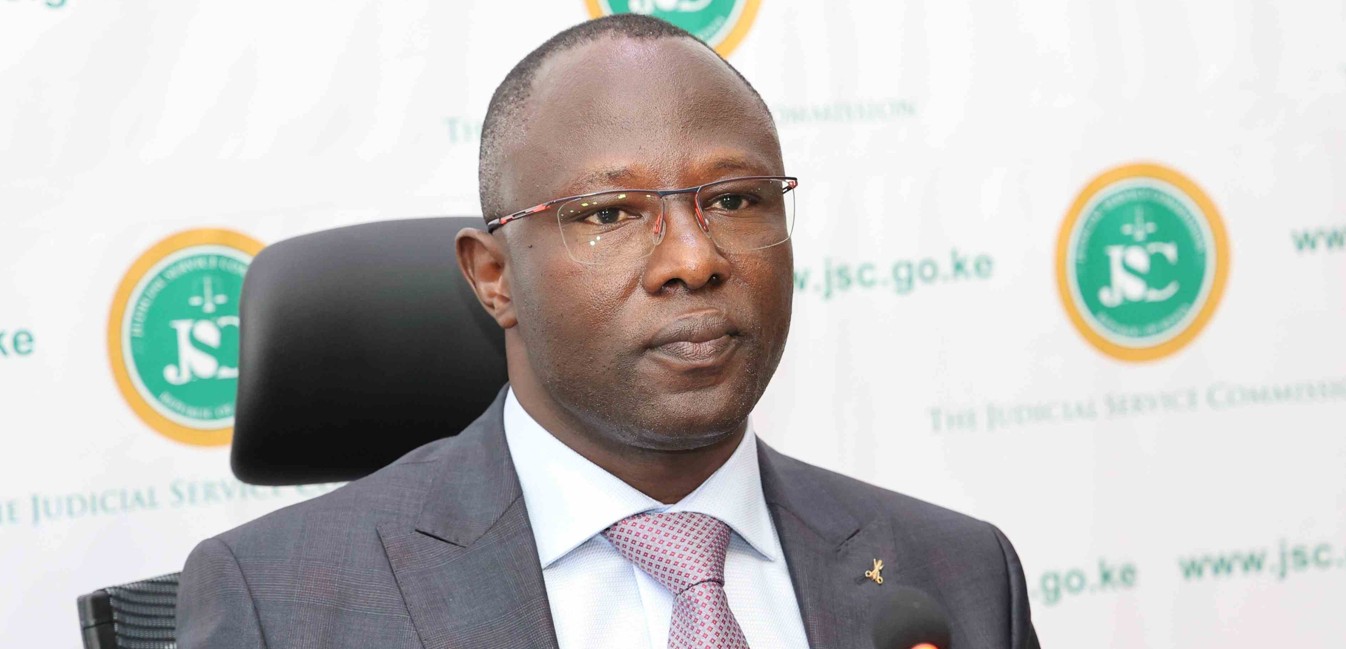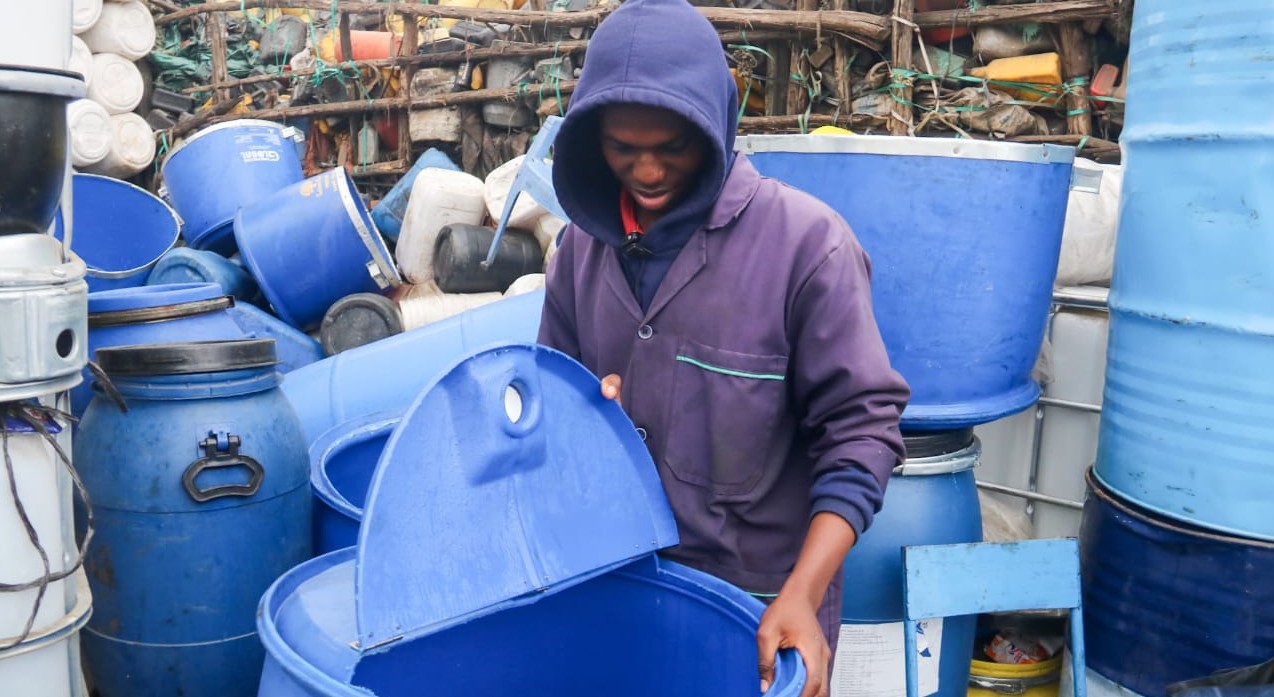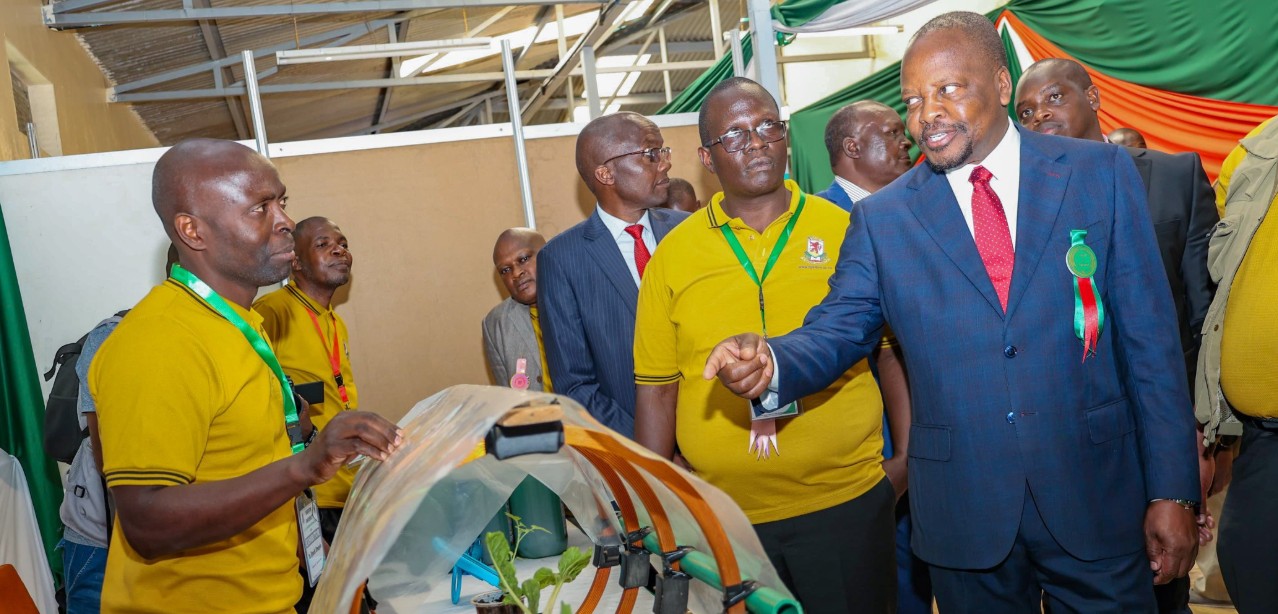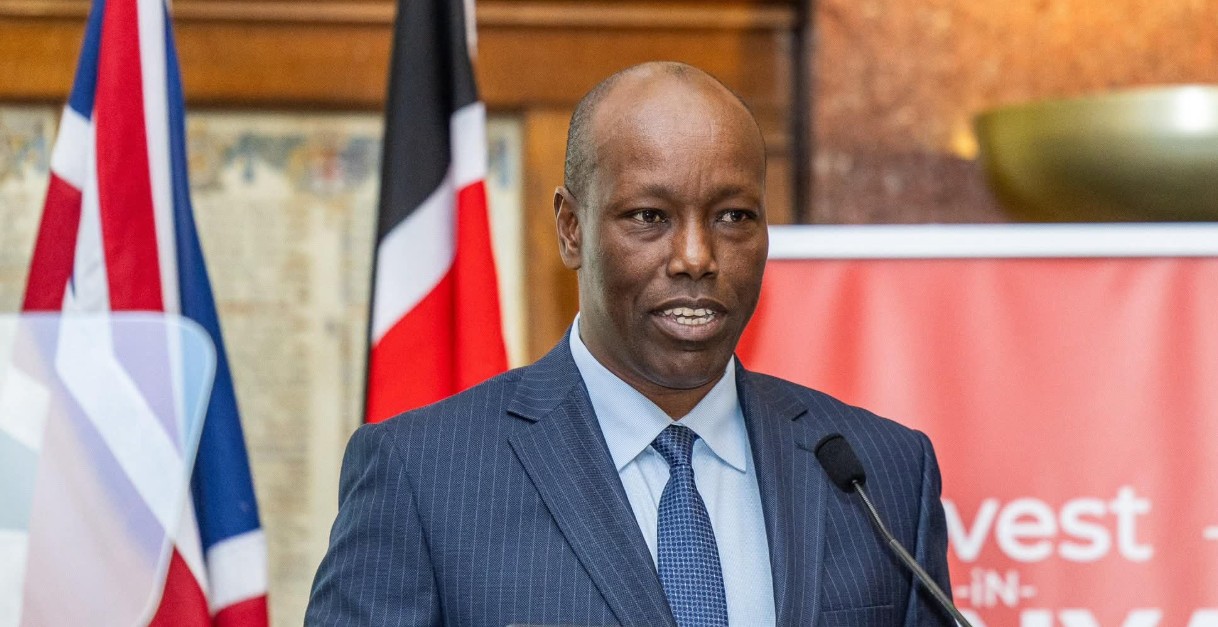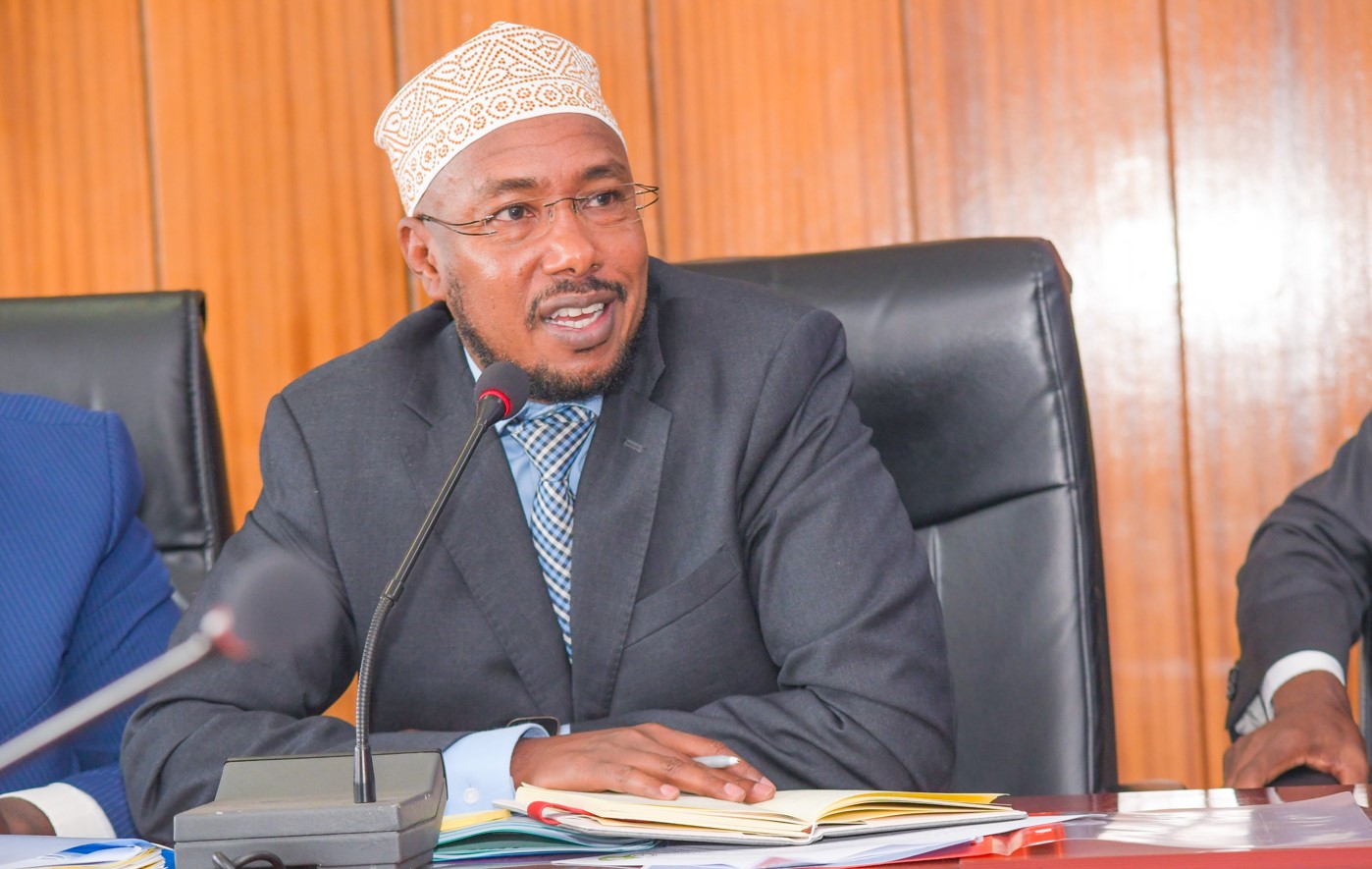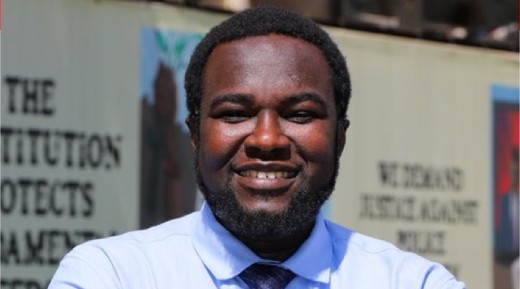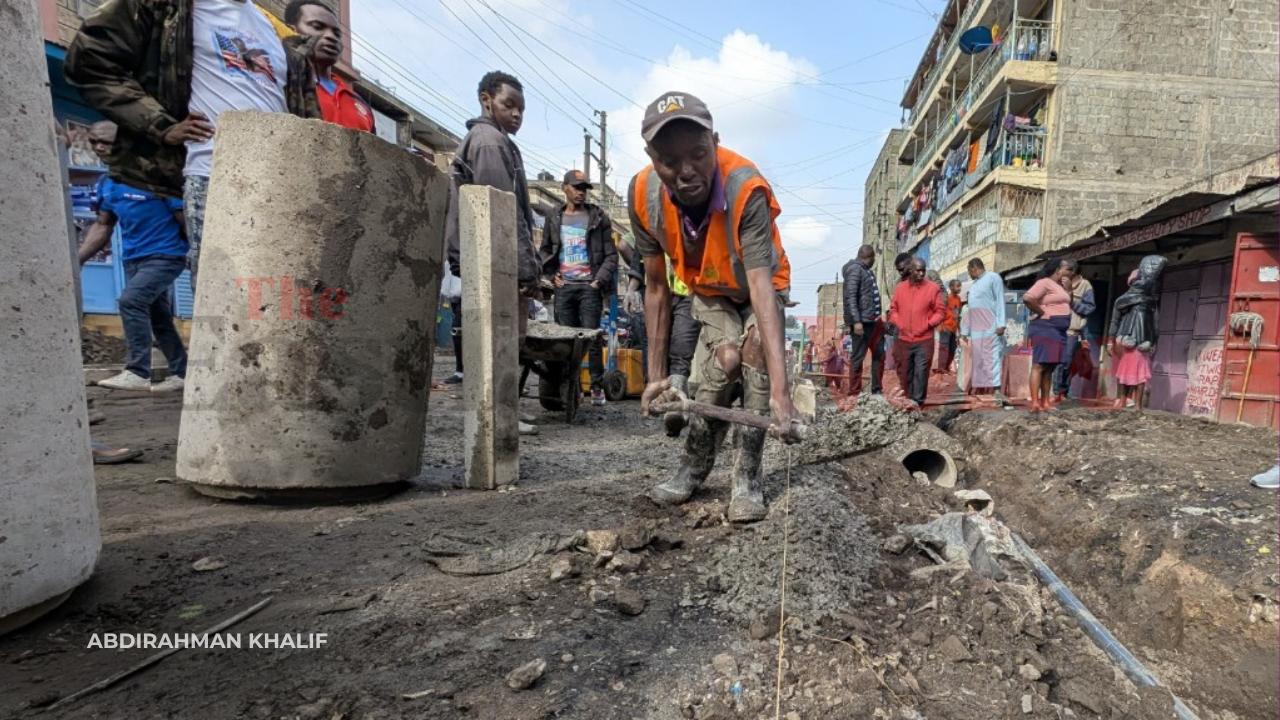Kenyans concerned over SHA premiums, confusion on dependents, and unclear Lipa Pole Pole model
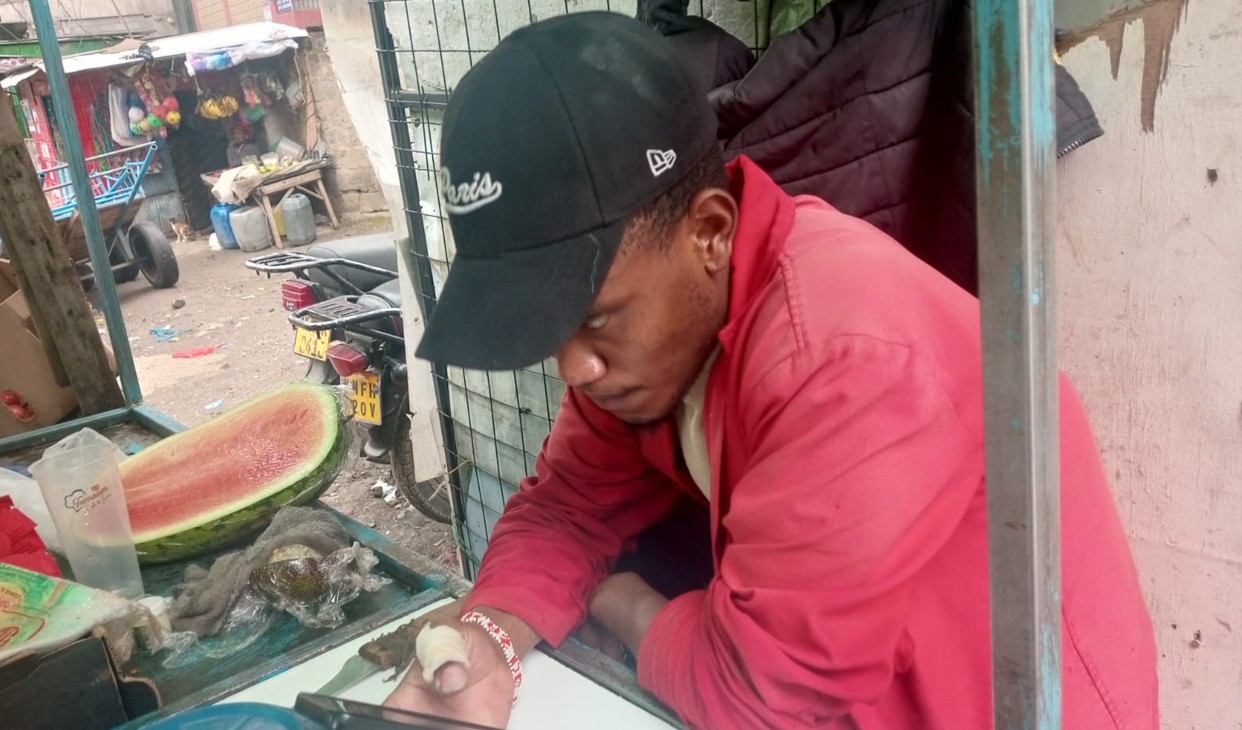
Contributions to the SHA are made through payroll deductions for formally employed individuals, direct payments from those in the informal sector, and government subsidies for indigent and vulnerable populations.
One question has lingered in Jane Wairimu's mind ever since she enrolled in the Social Health Authority (SHA): Who exactly qualifies as a dependent?
Jane's expected contribution was around Sh300, but she was shocked to learn her annual premium was set at Sh7,200 - an amount she believes was miscalculated and remains a point of contention.
More To Read
- SHA: Government shuts 1,400 private hospitals over fraud
- Mercy Mwangangi to face Senate over Sh9 billion SHA debt to counties
- From NHIF to SHA: Kenya’s struggle to overcome health insurance fraud, boost affordability
- Government shuts down 31 hospitals for SHA fraud
- 45,112 employers face crackdown for failing to remit SHA deductions amounting to Sh21 billion
- SHIF's 2.75 per cent deduction remains in effect, Duale says, despite Judge Mwita labelling it illegal
What troubles her most, however, is the fate of her 20-year-old son, who completed high school last year and has yet to join college due to financial constraints. Jane is still his sole provider, responsible for feeding, clothing, and supporting him in every way. Yet, she has been unable to register him as a dependent.
"I inquired several times and was told to bring a school admission letter for him to be added to the system," she explains. "But I don't have that yet, and financially, I'm struggling. I honestly don't know what to do."
As the sole breadwinner running a small fruit kiosk, the pressure is mounting. Paying the full Sh7,500 premium upfront feels like climbing a mountain she's not yet prepared for. The option of using the Hustler Fund has not made things easier either.
"What happens when you can't repay the loan you took from the Hustler Fund? Why can't there be an option to pay little by little - daily or monthly - based on someone's ability? We were told we'd pay Sh300, but now it's more than NHIF, which at least allowed flexible payments," she says.
While she acknowledges that some people have benefited from the fund, she has also witnessed many suffer due to out-of-pocket health expenses and a lack of clarity around SHA processes.
"All I want is for the government to clearly define who qualifies as a dependent and make the registration process simpler and more accessible," she pleads.
Defaulted on premium payments
Jane has defaulted on her premium payments, clinging to the hope that things will improve so she can eventually benefit from the coverage.
Meanwhile, Nicholas Kioko remains unregistered with the SHA. For him, the hesitation is not due to unwillingness, but rather confusion and a lack of clear information on how the new system operates. Like many Kenyans, Nicholas finds the transition from the defunct National Health Insurance Fund (NHIF) to the SHA to be poorly communicated, leaving more questions than answers.
"I've heard about it, but I still don't understand how it works—who qualifies, what's covered, how much you pay, and when," he explains. "People take insurance because it's supposed to help you, especially in emergencies. But if you don't understand how it works, how can you trust it?"
Kioko worries about being locked into a system that might not serve him or meet his needs, especially if payment structures are rigid or if accessing services is still difficult despite enrollment. For now, he has chosen to remain on the sidelines, hoping that more information will become available and that the government will address concerns.
"Once it makes sense, that's when I'll consider joining. Until then, I'll wait," he adds, echoing the sentiments of many who feel left out of the SHA conversation.
Financial strain
For Naima*, the shift to SHA has brought unexpected financial strain, particularly for her ageing parents, who are both retired civil servants. During their years in the workforce, paying for health insurance was manageable. However, now that they are living on a fixed pension, the new annual premiums - estimated at between Sh20,000 and Sh25,000 each - feels unrealistic and overwhelming.
"It made sense when they were earning a regular salary," Naima explains. "But now they're retired, and I'm the one supporting them. Paying such a high amount just doesn't make sense anymore."
The real challenge has been attempting to update their information so they can be reassessed and possibly qualify for a lower, more affordable premium. Despite her efforts—reaching out to various offices, making inquiries, and following up—the process has been slow, opaque, and deeply frustrating.
"I've tried everything I can think of, but nothing has worked. The issue is still unresolved," she says. "It's disheartening, especially knowing I have elderly parents who now rely on me entirely. It shouldn't be this hard."
No clear, fair system
Naima's main concern is the lack of a clear, fair system that accommodates people like her parents, retirees whose financial reality has drastically changed.
"What criteria can be used to ensure our cases are handled fairly?" she asks. "Paying such high amounts out of pocket is just not sustainable, especially for older people."
Her appeal echoes that of many Kenyans struggling to navigate the new system: more transparency, more support, and more sensitivity to the diverse financial situations of citizens, particularly the vulnerable.
Under the Social Health Insurance Act of 2023, which guides the operations of the Social Health Authority (SHA), a dependent—officially referred to as a beneficiary—is defined within clear parameters.
Firstly, the contributors themselves are automatically covered. Their dependents include biological or legally adopted children under the age of 21, provided these children have no independent source of income and reside with the contributor.
Young adults aged between 21 and 25 may also qualify, but only if they are full-time students enrolled in a recognised university, college, or vocational institution, and are not earning an income beyond scholarships or bursaries.
Persons living with disabilities are also recognised as beneficiaries if they are fully dependent on the contributor and live under the same roof.
Lastly, a contributor's legal spouse is included as a dependent without any additional qualifications.
Unemployment rate
In Kenya, the overall unemployment rate stands at 12.7 per cent, but young people aged 15–34 bear the greatest burden of joblessness. This group, which constitutes 35 per cent of the country's population, faces a staggering unemployment rate of 67 per cent.
Each year, more than one million young people enter the labour market, many lacking the necessary skills, either because they dropped out of school or completed their studies without enrolling in vocational or higher education institutions. According to the Federation of Kenya Employers (FKE), many of these youths still depend on their parents at this age, which often alienates them from benefiting from the SHA scheme.
According to a spot check by The Eastleigh Voice, many Kenyans misunderstood the Lipa SHA Pole Pole scheme. A significant number believed it would allow them to make flexible payments—daily, weekly, or monthly—based on their income flow.
However, the government's version of Lipa Pole Pole, linked to the Hustler Fund, functions more like a loan facility: individuals borrow funds to cover their SHA premiums and are expected to repay within a set timeframe but without interest.
Contributions to SHA are made through payroll deductions for formally employed individuals, direct payments from those in the informal sector, and government subsidies for indigent and vulnerable populations. Members who fail to make regular contributions may have their benefits suspended until payments are resumed, under SHA regulations.
More than 24.4 million Kenyans have registered with the SHA. Among them, 10,884 were means-tested members who successfully paid their premiums, while 2,946 enrolled in the Lipa SHA Pole Pole instalment plan according to the Ministry of Health (MoH).
Top Stories Today
